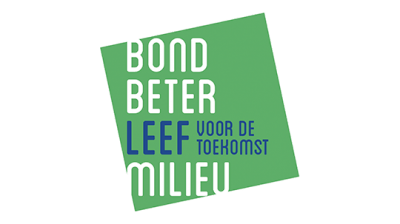Herbronnen
Aquafin Goes for RENEWAL
During periods of drought, measures are introduced that restrict farmers, managers of public green spaces and private individuals from using ground, surface or rainwater. Indignation is very high when, at the same time, groundwater during drainage works on construction sites simply disappears into the sewers.
The Flemish Environment Agency clearly formulates that return drainage and limiting drainage is mandatory, but in practice this is often not the case. Technical and financial reasons are an obstacle, but also insufficient expertise at the licensing authorities or lack of manpower to follow up on enforcement. For reuse, other bottlenecks emerge, such as water quality, use for essential versus non-essential applications, legal agreements ...
Through the Herbronnen project, Aquafin is investigating these bottlenecks. With the help of experts from the drainage sector, we want to offer as many solutions as possible and analyse technical alternatives. We are trying to evaluate the technical limitations and want to share the specialised knowledge with all stakeholders. In addition, we investigate which water quality is desirable for reuse. Based on the available laboratory results, we look at the most common contaminants in the drainage water and how the water can be purified and reused.
Key results |
Key lessons learned |
|
|
What will the future bring?
Through the COOCK project, Buildwise and Embuild are continuing to disseminate knowledge on good drainage techniques. Aquafin is examining whether the yard water platform can be further used to put available drainage water and rainwater to good use. The drainage working group within Aquafin is continuing its efforts to reduce drainage and also convince the rest of the stakeholders of this.
Watch a summary of the project in this video.
Aquafin NV
Partners VUB, Werfwater















